Tarock Nr. 71 by Ferd. Piatnik & Söhne
Special tarock deck for the Tyrolean game Droggn.
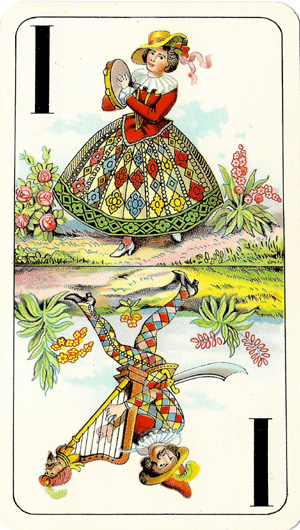
In April 1996, leading tarock expert John McLeod and his colleague Remigius Geiser set off for Tyrol and, during field research, mapped the rules for a special tarock game that had survived in the Stubai Valley¹. With eyewitnesses, he reconstructed the rules, which used an atypical deck of 66 cards, which he called Droggn². The reason for his interest was information in Michael Dummett’s book The Game of Tarot³, which draws attention to decks with this atypical number of cards. Such decks are known today only from Tyrol. It is assumed that the reduced Grosstarock No. 1938 deck by Piatnik was used, which contains the regular set of the Austrian tarock (54 cards) supplemented with all the missing low-point cards to make a total of 78 cards. This deck was still being produced in the 1980s and all production was directed to this region. Other surviving examples show only local Tyrolean production for a game with 66 cards.
The historical Tarock Nr. 71 deck is a specialized model from the company Piatnik designed specifically for this game. A look at the Piatnik catalogue from 1924 and 1928 offers this deck as the Tiroler-Tarock. The dominant manufacturer in Central Europe thinks about the needs of its customers. • See the box
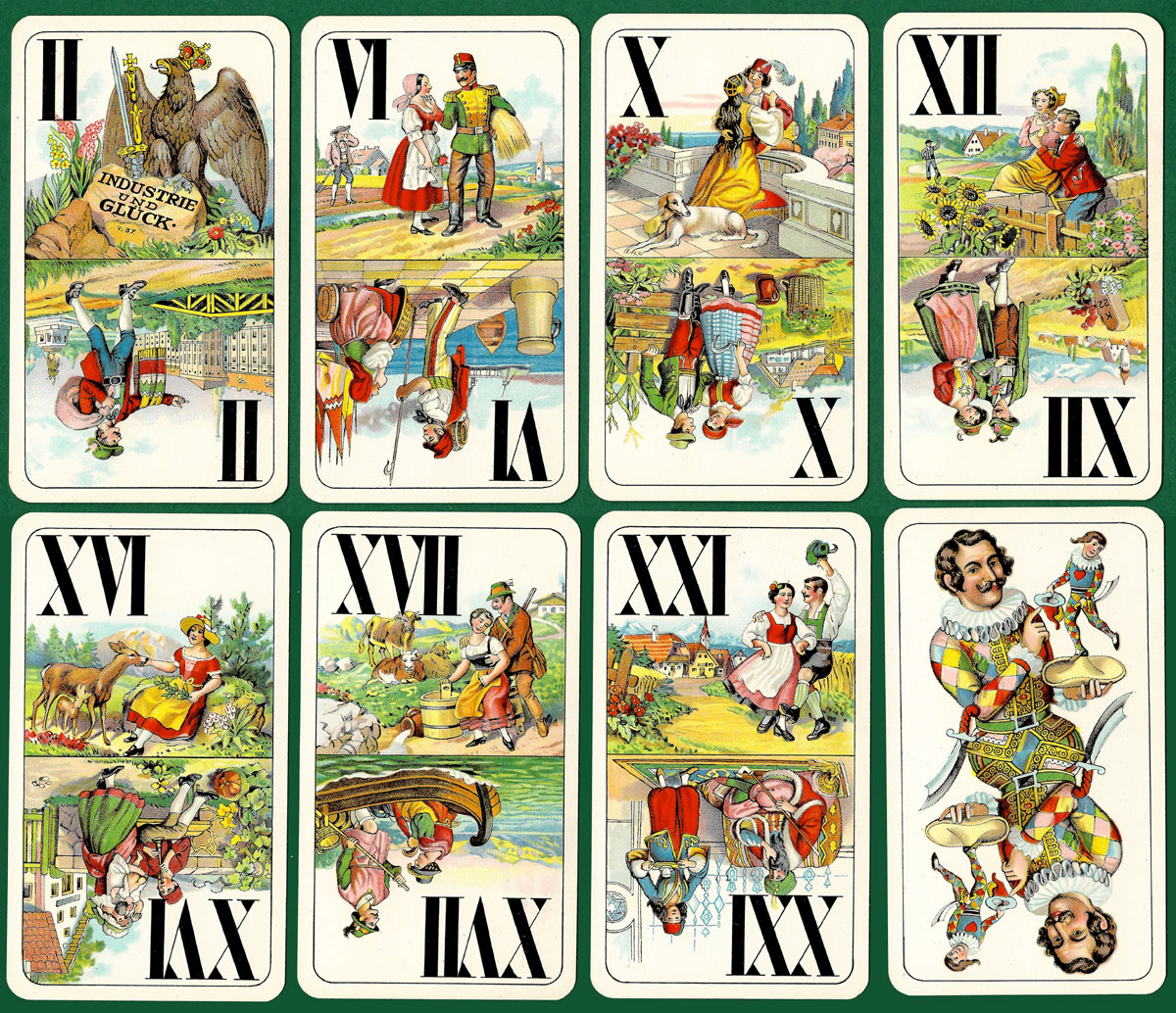
The chromolithographic design in the 121 x 70 mm format uses genre scenes from the Austrian Tarock Type B (IPCS Pattern Sheet 15). The effort to achieve realistic colours has acquired a slightly pejorative touch of kitsch, as these cards confirm. The original scenes are supplemented with backgrounds and details that are not commonly found in the regular graphic production. A certain kitsch is well illustrated, for example, by the design on the tarock card XVI. The usual skinny goat is replaced here by a doe, which is being stroked by a shepherdess.
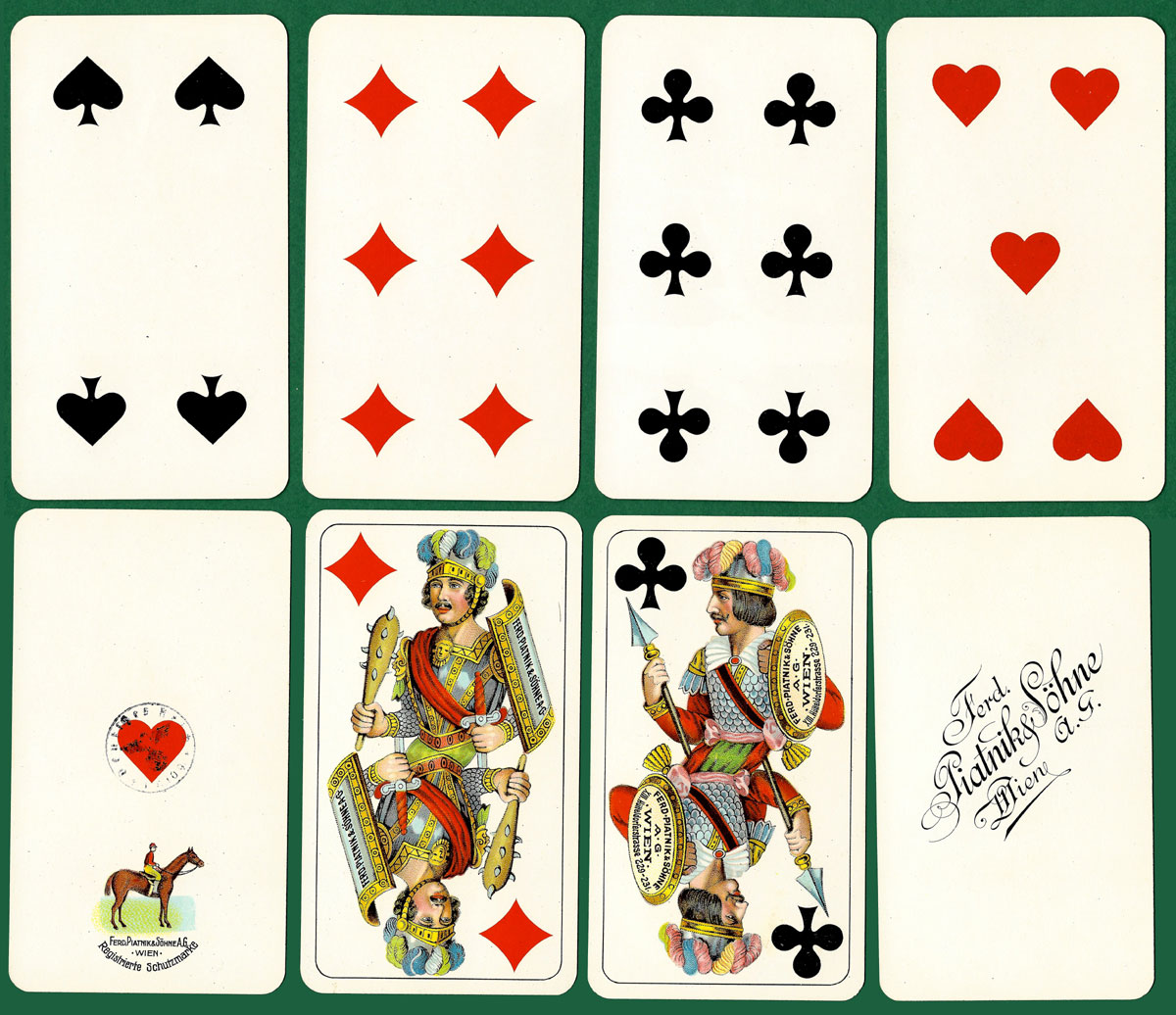
A special feature of this particular Tarock deck No. 71 is the revenue stamp used in the German Reich in the years 1936 - 1939. Does it perhaps indicate the spread of the game with 66 tarock cards outside the Tyrol at this time? Or the use of the German revenue stamp on Austrian territory after the Anschluss of 12 March 1938? Most likely it only documents an effort to sell this specific product also in Germany. The state of preservation in this case (mint) suggests that the cards were purchased more as a rarity than for their own game.
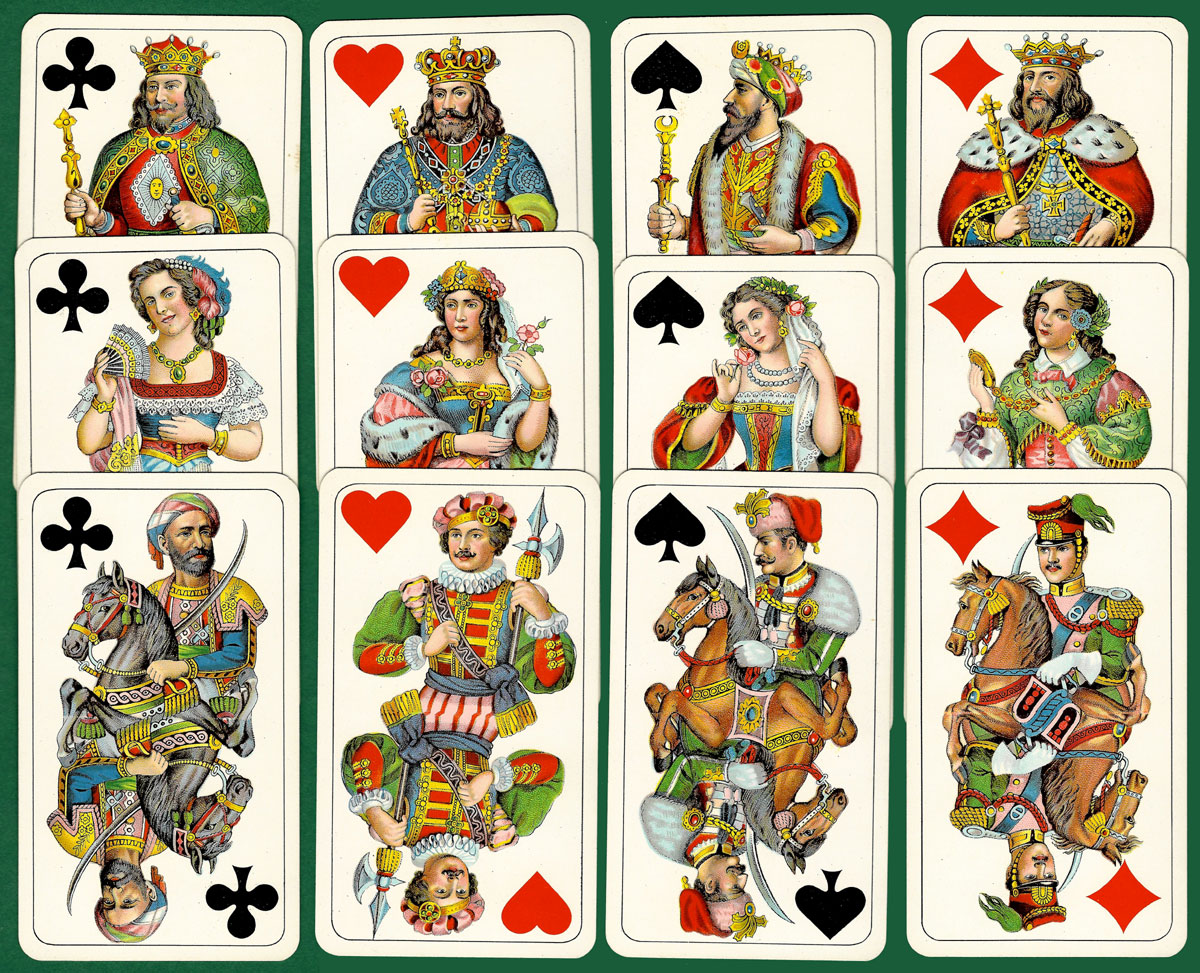
Above: Tarock Nr. 71 by Ferd. Piatnik & Söhne, Wien A.G., 1937. 66 cards.
This pictorial design is not unusual within the extensive Piatnik production. It is also available in the traditional form of a deck of 54 cards. Piatnik also uses it within its subsidiary Ferd. Piatnika synové, Ritter & spol / Ferd. Piatnik's Söhne, Ritter & Cie. in Czechoslovakia. In this case, the manufacturer's identification on the cards is changed. For Czechoslovakian (and subsequently also Czech) decks of the Austrian Tarock, the removal of the inscription Industrie und Glück on Tarock card II is typical.
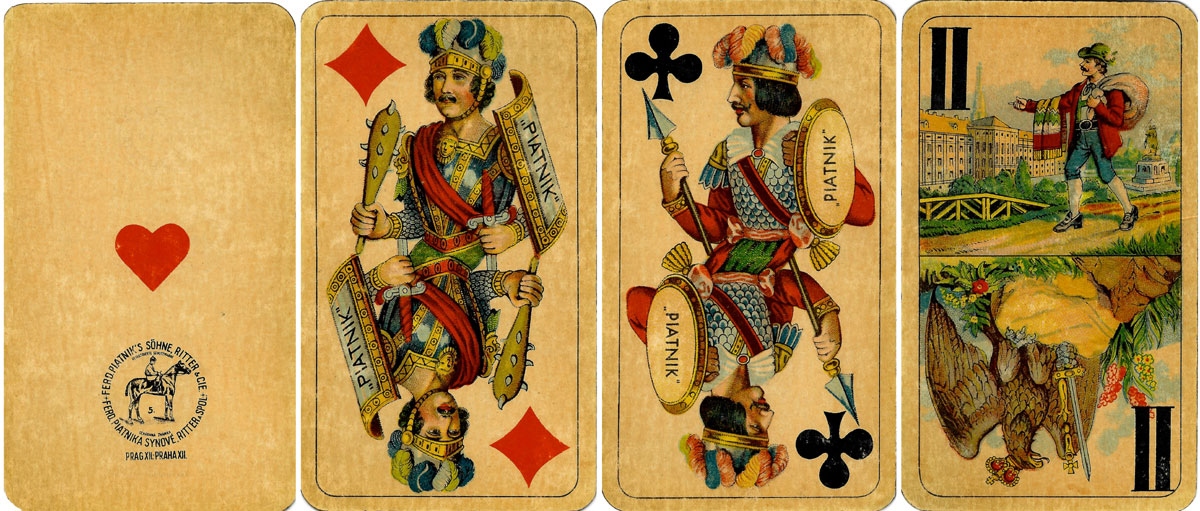
Acknowledgements & References
Thank you for the consultation, Mr. Carsten Mintert, and for pointing out the content in the historical range of the Piatnik company.
By Marek Brejcha
Czech Republic • Member since June 13, 2024 • Contact
My relationship with cards grew from playing to collecting and transformed into publishing as well. I am part of the team at Counter Clockwise, a small company that publishes traditional card games.

Leave a Reply
Your Name
Just nowRelated Articles
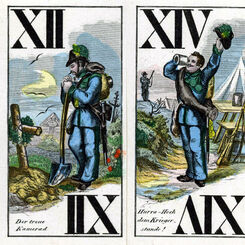
Militar-Tarock No. 38
Non-standard tarock cards combining theatrical and military themes by Joseph Glanz.

Julius Berndl and his Austrian tarock
Josef Glanz's Tarock: a classic deck with artistic innovation by Julius Berndl.
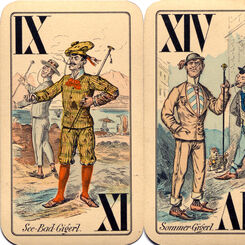
Gigerl-Tarock by Joseph Glanz
Urban Dandy caricature deck from 19th century Vienna designed by Julius Berndl.
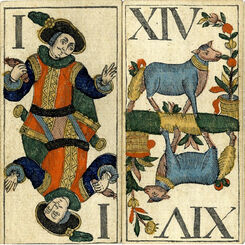
Animal Tarock by J. G. Pichler
Baroque tarock cards from the late 18th century.

Tarock Cards by NIL Spielkartenfabrik
A deck of tarock cards from the eastern end of the ending Austro-Hungarian Empire.
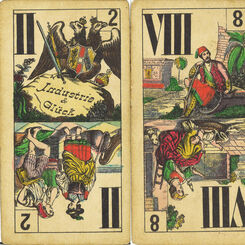
Johann Nejedly Tarok Cards
Johann Nejedly, a 19th-century Viennese card maker, produced Tarock cards featuring modern scenes th...

Joseph Sürch, Engraver
Joseph Sürch, a prominent Viennese engraver, made significant contributions to card sheet engraving ...
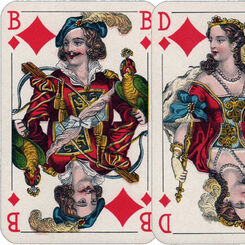
Piatnik No.97
Non-standard French-suited cards published by Ferd Piatnik & Sõhne, Vienna, c.1940s.
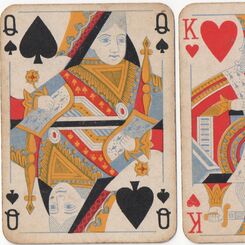
48: Ferdinand Piatnik & Sons
Ferd. Piatnik produced a very large range of cards with many different standard and non-standard pat...
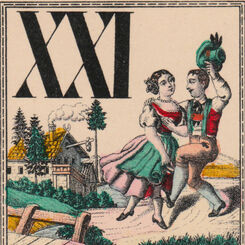
Tarok c.1900
Piatnik & Söhne “Industrie und Glück” Tarok c.1905-1910.
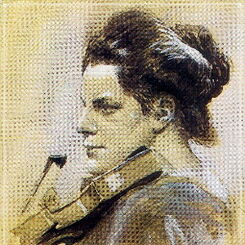
Jugendstil Tarock
‘Jugendstil Tarock’ was designed by Ditha Moser and first published by Albert Berger and Josef Glanz...
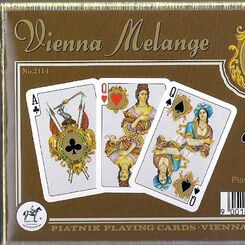
Vienna Melange
“Vienna Melange” Playing Cards by Piatnik with a historical feel representing the four races that ma...
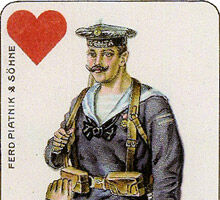
Soldaten Tarock
Piatnik was known for their magnificent quality of chromo-lithographic printing, and this facsimile,...

Ferd. Piatnik & Söhne
Ferdinand Piatnik was born in Ofen on October 14, 1819.
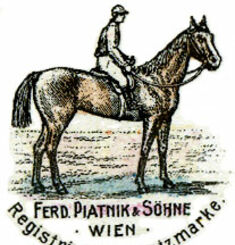
Piatnik Tarock
Deck of "Industrie und Glück" or "Rural Scenes" tarock cards manufactured by Ferd Piatnik & Söhne, V...
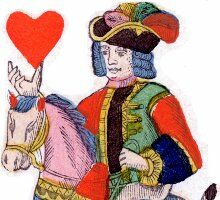
Tarock Cards
The earliest Tarot decks originated in Italy in the fifteenth century, with Italian suit symbols. Ho...
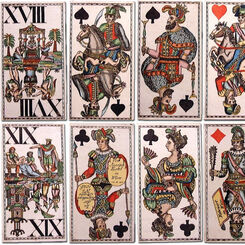
Estel Tarok
J. Estel Tarok, 1820.
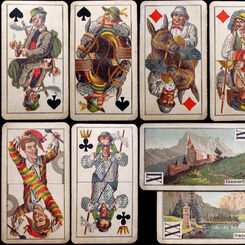
Pittner Tarok
Ferd Pittner, Tarok Cards
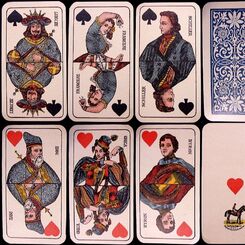
Literary Figures
Non-Standard Literary Figures playing cards manufactured by Ferd. Piatnik & Söhne A.G., Vienna, 1924...
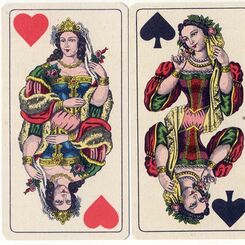
Adametz, Vienna
Cards from a 54-card "Austrian Tarock" or "Industrie und Glück Tarock" pack made by Franz Adametz of...
Most Popular
Our top articles from the past 60 days


 Your comment here. Your comment here. Your comment here. Your comment here. Your comment here. Your comment here. Your comment here. Your comment here. Your comment here. Your comment here. Your comment here. Your comment here. Your comment here. Your comment here. Your comment here. Your comment here. Your comment here. Your comment here. Your comment here. Your comment here. Your comment here. Your comment here. Your comment here. Your comment here. Your comment here. Your comment here. Your comment here. Your comment here. Your comment here. Your comment here. Your comment here. Your comment here.
Your comment here. Your comment here. Your comment here. Your comment here. Your comment here. Your comment here. Your comment here. Your comment here. Your comment here. Your comment here. Your comment here. Your comment here. Your comment here. Your comment here. Your comment here. Your comment here. Your comment here. Your comment here. Your comment here. Your comment here. Your comment here. Your comment here. Your comment here. Your comment here. Your comment here. Your comment here. Your comment here. Your comment here. Your comment here. Your comment here. Your comment here. Your comment here.




















